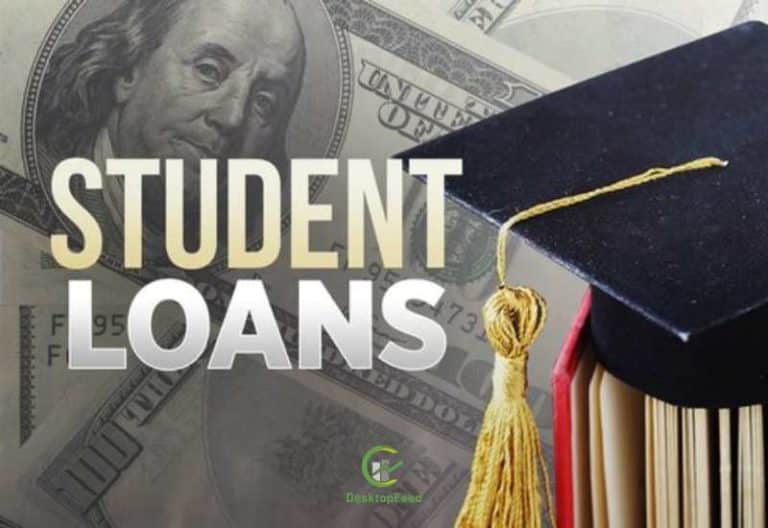Cash Advance Vs Payday Loan – What’s the Difference?

When you need a small amount of cash, you have many options when it comes to getting a short-term loan. You’ll have to determine the legality of payday loan in your state, decide how much money you want to borrow, and determine whether you can pay it back in time. Once you’ve made this decision, you can start comparing your options.
Differences between Payday advance and payday loan
A payday advance is a short-term loan for emergency situations. It can be helpful to replace a car radiator, or make repairs around the house. While online same day payday loans are convenient, they should only be used as a last resort. You should always make a plan to repay the loan before it is due.
When comparing the costs of a cash advance, it is important to consider the interest rate. Most payday loan lenders will charge a finance charge of fifteen to thirty percent of the amount lent. This fee is regulated in most states. Traditional cash advances, such as credit card cash advances, are similar to payday loans because they pay for expenses before a paycheck is due. While traditional cash advances are more expensive, they are structured similarly. The borrower will need to repay the principal and interest on the money borrowed.
While payday loans have very high interest rates, cash advances can be a good option when you’re short on money. These loans are often available online and in store, and they can be very convenient to get. However, when choosing between payday loans and cash advances, it’s important to consider how much money you need and how you can pay it back. You should also consider the length of repayment time. For example, a cash advance can be extended over a few months.
Another important difference between a payday loan and a personal loan is their term. A personal loan may be longer and have lower interest, while a payday loan is intended for a short-term period and is often repaid in two to four weeks. As a result, the costs of a payday loan can be prohibitively high and trap a borrower in a cycle of debt.
While online payday loans can be a convenient solution, there are important differences between the two types of loans. Payday loans typically do not have any upfront fees, but there may be application or origination fees. The rates can range from ten to twenty percent depending on your credit score and income. Personal loan interest rates can also be significantly lower than those of payday lenders.
Another major difference between a payday loan and a payday advance is that a payday loan typically has higher interest rates. Many borrowers are not able to pay back their entire loan on the due date. Because of this, they often have to take out another loan to make the loan payments.
A payday loan is usually for a small amount of money, usually a couple hundred dollars or less. It must be repaid on a borrower’s next payday, usually within two to four weeks. Unlike an installment loan, payday loans do not require collateral or credit checks. Each state regulates payday loans differently and some have outlawed them altogether.
Cost
When comparing the costs of a cash advance and payday loan, it is important to look at the fees associated with each. Most cash advances come with a small upfront fee of $10 or 5% of the loan amount. This fee is relatively low and is manageable if you can repay the loan within the allotted time frame. By contrast, payday loans typically charge finance charges of $15 to $30 per $100 borrowed, and these fees are typically higher than those associated with cash advances.
Payday loans are notorious for being expensive. Because they have high interest rates, borrowers are likely to find themselves in an endless cycle of debt. Moreover, cash advances typically require an upfront fee, which means that the money you borrow will immediately start to accrue interest. Since the interest on these loans can be higher than that of a credit card purchase, it can be difficult to pay them back within a reasonable time frame.
Payday loans are subject to federal laws that require lenders to disclose the costs of their loans before signing a loan agreement. These laws require lenders to give borrowers a written statement of the fees and interest. APR is a calculation based on the amount of money you borrow, the monthly finance charge, any fees you’ve already paid, and the length of the loan. As such, APR is one of the most accurate ways to compare the costs of borrowing money.
If you can’t afford to pay back a cash advance, consider applying for an installment loan instead. An installment loan is more affordable and gives you more time to repay it. However, you’ll have to pay back the loan over a longer period of time, which can be months or even years. Also, this type of loan isn’t secured by your property, and you don’t need to offer collateral.
Cash advances are convenient, but they can add up quickly. If you can pay them back quickly, you’ll avoid paying much interest. However, it’s still important to check with your credit card issuer to find out how much they charge in interest before applying for a cash advance. Some credit card companies will apply your payment to the lowest annual percentage rate, which can lower the amount you have to pay.
Ultimately, payday loans can become a major drain on your finances. Studies have shown that fourteen percent of borrowers who apply for a payday loan can’t afford to pay it back. The loan then rolls over, which means they have to pay additional fees and interest. Even worse, this practice can lead to a cycle of debt and financial stress.
A payday loan offers an easier way to get emergency cash. It’s generally only for a few hundred dollars, and the borrower writes a post-dated check allowing the lender to withdraw the loan amount from their bank account on their next payday. Some borrowers can pay back the entire amount within a couple weeks, but for many others, it’s necessary to “rollover” the loan to another payday.
Interest rate
When deciding between a cash advance and a payday loan, compare the interest rates. While both of these options offer instant cash, the interest can add up quickly. If you plan to repay the cash advance within a few months, you may be able to avoid paying a large amount of interest. However, if you cannot do so, you will likely end up with high interest payments.
Both cash advance and payday loans have upfront fees. The cash advance fee is around $10, while the payday loan finance charge ranges from $15 to $30 per $100 borrowed. In addition to fees, both loans have interest, which is usually charged on the borrowed amount. In some cases, a cash advance fee may exceed the fees on a payday loan.
The APR of a payday loan is higher than a cash advance loan because of the fees associated with the loan. According to the Consumer Financial Protection Bureau, payday loan interest rates can be as high as 391% if the loan is not repaid on the first payday. Because the amount lent is often small, payday loan fees are also typically associated with high interest. The Consumer Financial Protection Bureau estimates that an average payday loan fee is $15. That amounts to a 400% annual percentage rate. In comparison, credit card interest rates typically range from 12 to 30 percent.
However, cash advances have different rules and terms. Some are more expensive than a credit card charge, and others have a grace period. With a credit card purchase, there is a 30-day grace period before the interest starts accruing. With a cash advance, there is no grace period.
Cash advances are notorious for pulling borrowers into a vicious cycle of debt. Many people end up borrowing more loans to pay off the initial loan. The initial fee on a cash advance is often higher than the interest rate on a credit card purchase. Cash advances are also more expensive.
For More Articles: Desktopfeed.com






